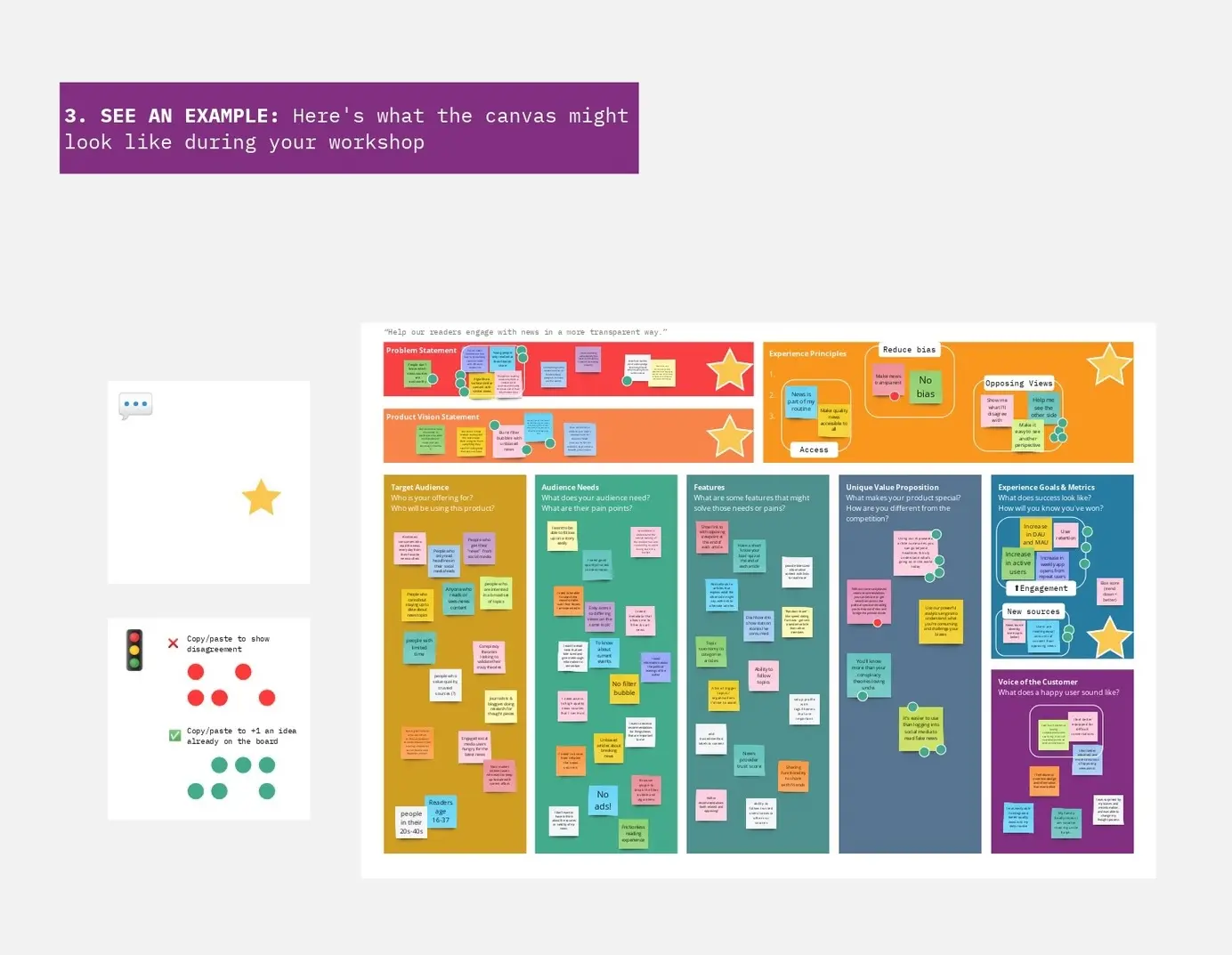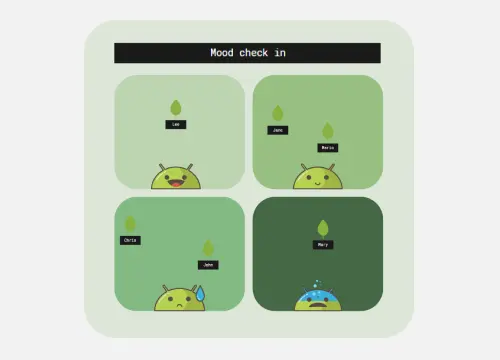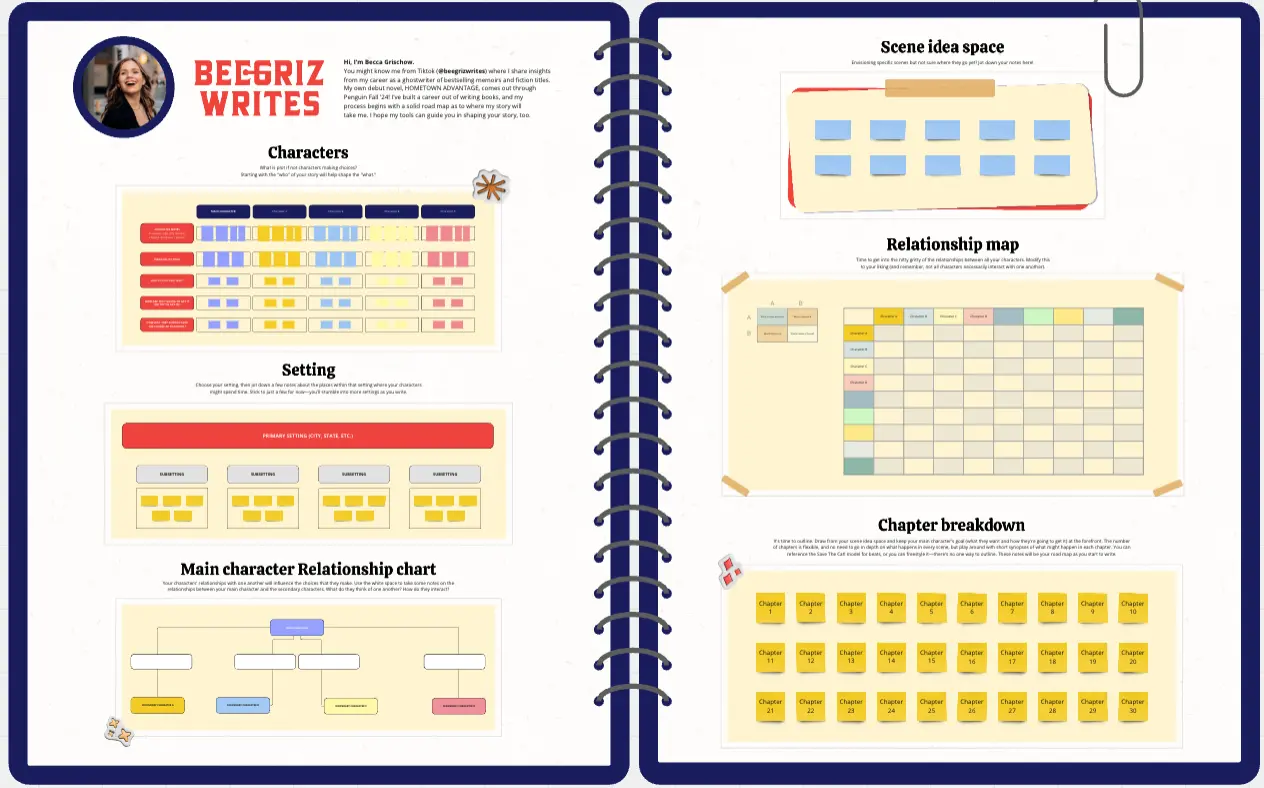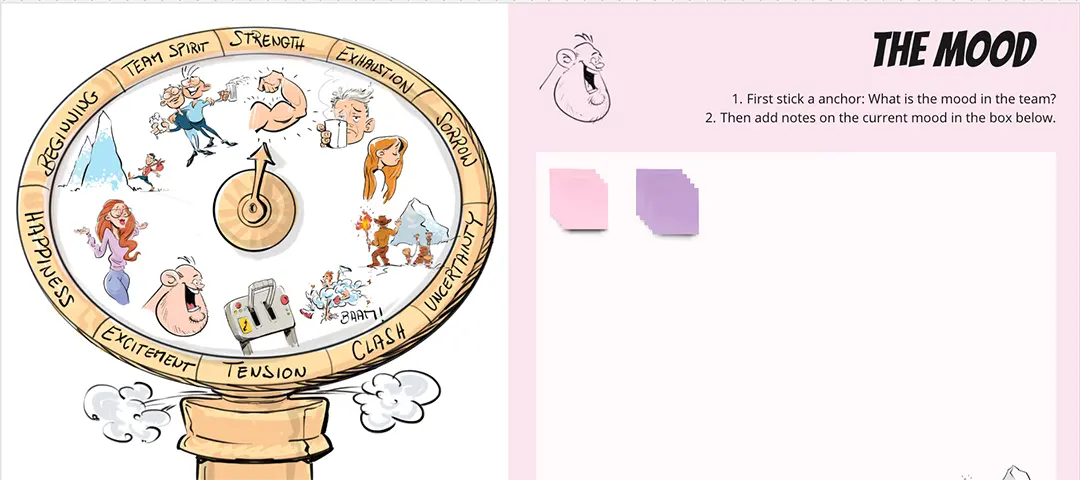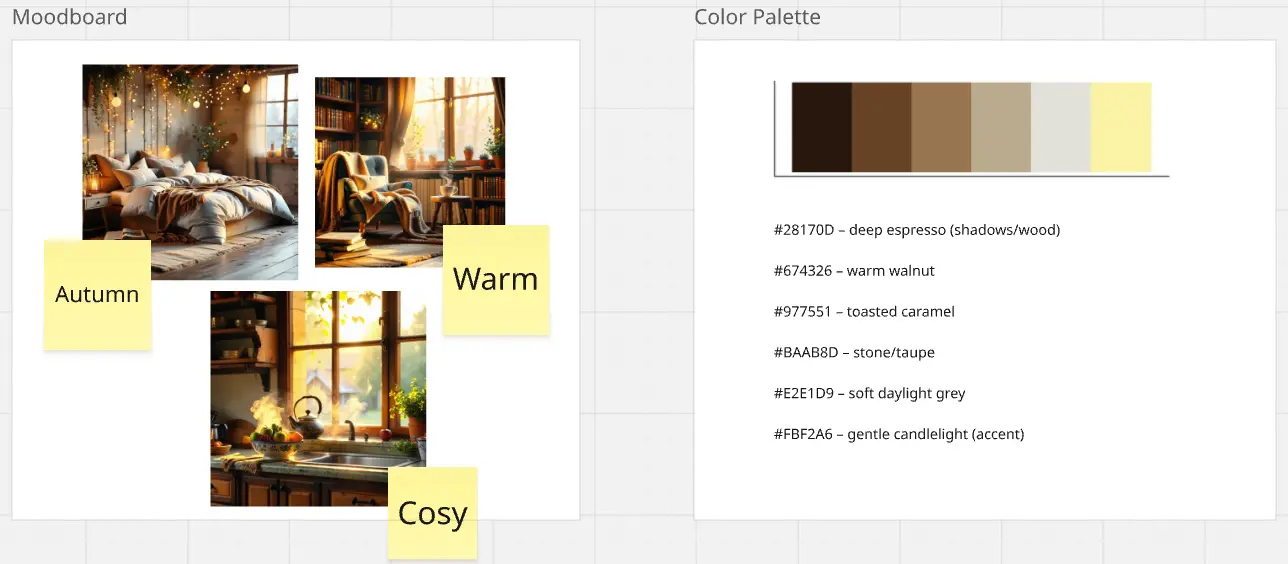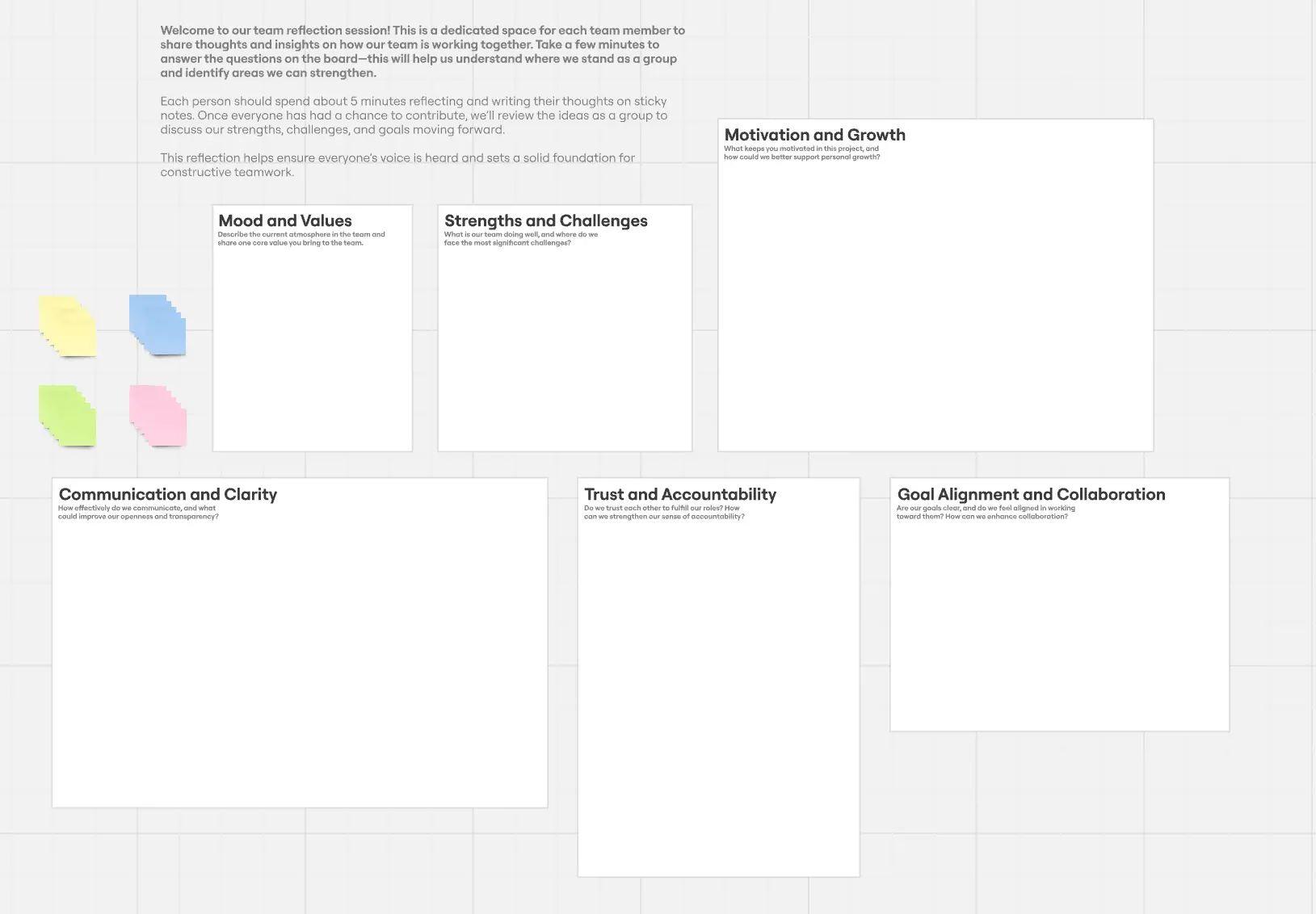About the Mood Board Templates Collection
Mood board templates are powerful for visualizing ideas, concepts, and themes. They serve as a creative canvas where designers, marketers, and product teams gather and organize visual elements to convey a specific mood or style. Our mood board templates are designed to be flexible and user-friendly, allowing teams to collaborate seamlessly and bring their visions to life.
What is a mood board template, and why is it important?
A mood board template is a pre-designed layout that helps you compile and arrange images, colors, textures, and other visual elements in an organized way. Mood boards are important because they provide a structured way to explore and communicate creative ideas, ensuring that everyone involved in a project is on the same page. Mood boards are essential for:
Inspiration: They help spark creativity and generate new ideas.
Communication: They provide a visual language that all team members can easily understand.
Alignment: They ensure that everyone clearly understands the project's direction and aesthetic.
Why you'll love our mood board templates
Our mood board templates are designed with your needs in mind. Here's why they stand out:
Visual capabilities: Miro's visual capabilities make it easy to create stunning mood boards. You can drag and drop images, add text, and use various design elements to create a visually appealing board.
Collaboration: Miro allows real time collaboration, so team members can work together on the same board, no matter where they are.
Flexibility: Our templates are fully editable, allowing you to customize them to fit your specific needs.
Ease of use: With an intuitive interface, creating a mood board is simple and straightforward using Miro.
Free templates: We offer a variety of free mood board templates to get you started quickly.
How to use the mood board templates in Miro
Using Miro's mood board templates is easy. Follow these steps to get started:
Select a template: Browse through our collection of mood board templates and choose one that fits your project.
Customize your board: Add your images, colors, and other visual elements. You can easily drag and drop files from your computer or use Miro's built-in image search.
Collaborate with your team: Invite team members to join your board. They can add their own elements, leave comments, and provide feedback in real time.
Organize your elements: Arrange your visual elements in a way that makes sense for your project. Use Miro's tools to resize, rotate, and align items.
Share your board: Once your mood board is complete, share it with stakeholders or export it as a PDF or image file.
Our mood board templates are a valuable resource for any creative team. They help streamline the creative process, foster collaboration, and ensure that everyone is aligned on the project's vision. Try our templates today and see how they can help your team thrive.
